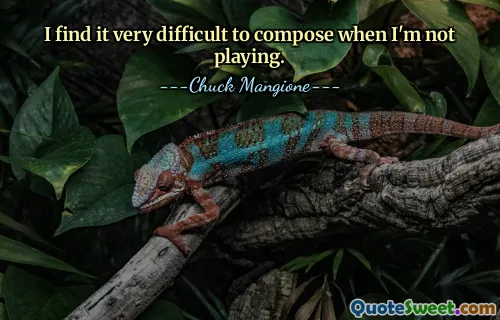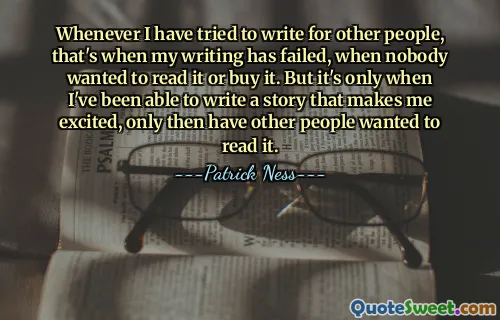
Our ability to solve problems is limited by our conception of what is feasible.
The quote highlights an intriguing aspect of human cognition and problem-solving: our perceptions of what is possible often define the boundaries within which we operate. When confronted with a challenge, our minds tend to draw on existing beliefs, knowledge, and assumptions to assess the feasibility of potential solutions. This mental framework acts both as a tool and a constraint; it helps us focus and prioritize efforts, but can also blind us to novel possibilities beyond our current understanding.
In many instances, groundbreaking innovations and solutions have emerged by challenging these self-imposed limitations. Entrepreneurs, scientists, and artists who dared to rethink what was traditionally considered impossible, often paved the way for significant advancements. For instance, space exploration was once deemed impossible until technological breakthroughs and a shift in collective mindset made it feasible.
This notion underscores the importance of fostering a mindset open to exploration, experimentation, and questioning assumptions. By expanding our conception of what can be achieved, we increase the scope of our problem-solving capabilities. Innovative thinking often requires us to look beyond the immediate constraints and imagine a different set of possibilities, thereby breaking the barriers of perceived feasibility.
Furthermore, understanding this limitation of perception can inspire strategic approaches in areas such as education, leadership, and organizational change. Encouraging a culture that challenges norms and promotes creative thinking helps expand the collective conception of what is achievable.
In essence, our greatest potential for solving complex problems may lie in our willingness to redefine what is considered feasible and to push beyond the comfort zone of established beliefs. This mental shift can unlock solutions that once seemed beyond reach, leading to transformative progress across various fields.






